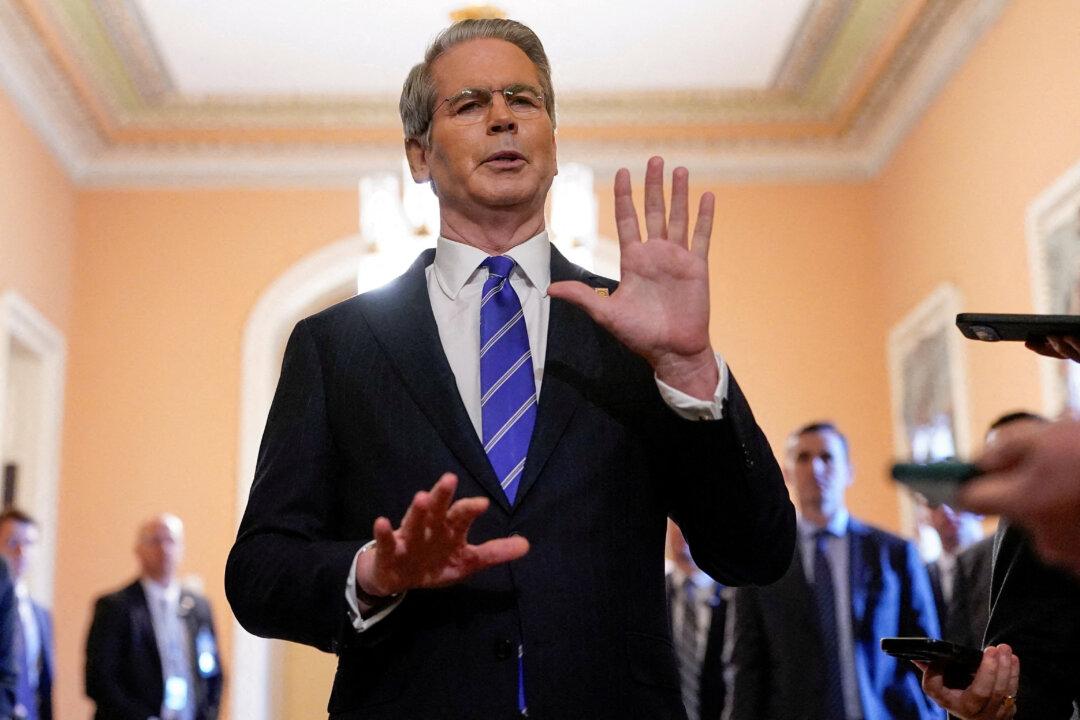CAPE CANAVERAL, Fla.—Boeing’s new Starliner crew capsule docked for the first time with the International Space Station (ISS) on Friday, completing a major objective in a high stakes do-over test flight into orbit without astronauts aboard.
The rendezvous of the gumdrop-shaped CST-100 Starliner with the orbital research outpost, currently home to a seven-member crew, occurred nearly 26 hours after the capsule was launched from Cape Canaveral U.S. Space Force Base in Florida.





